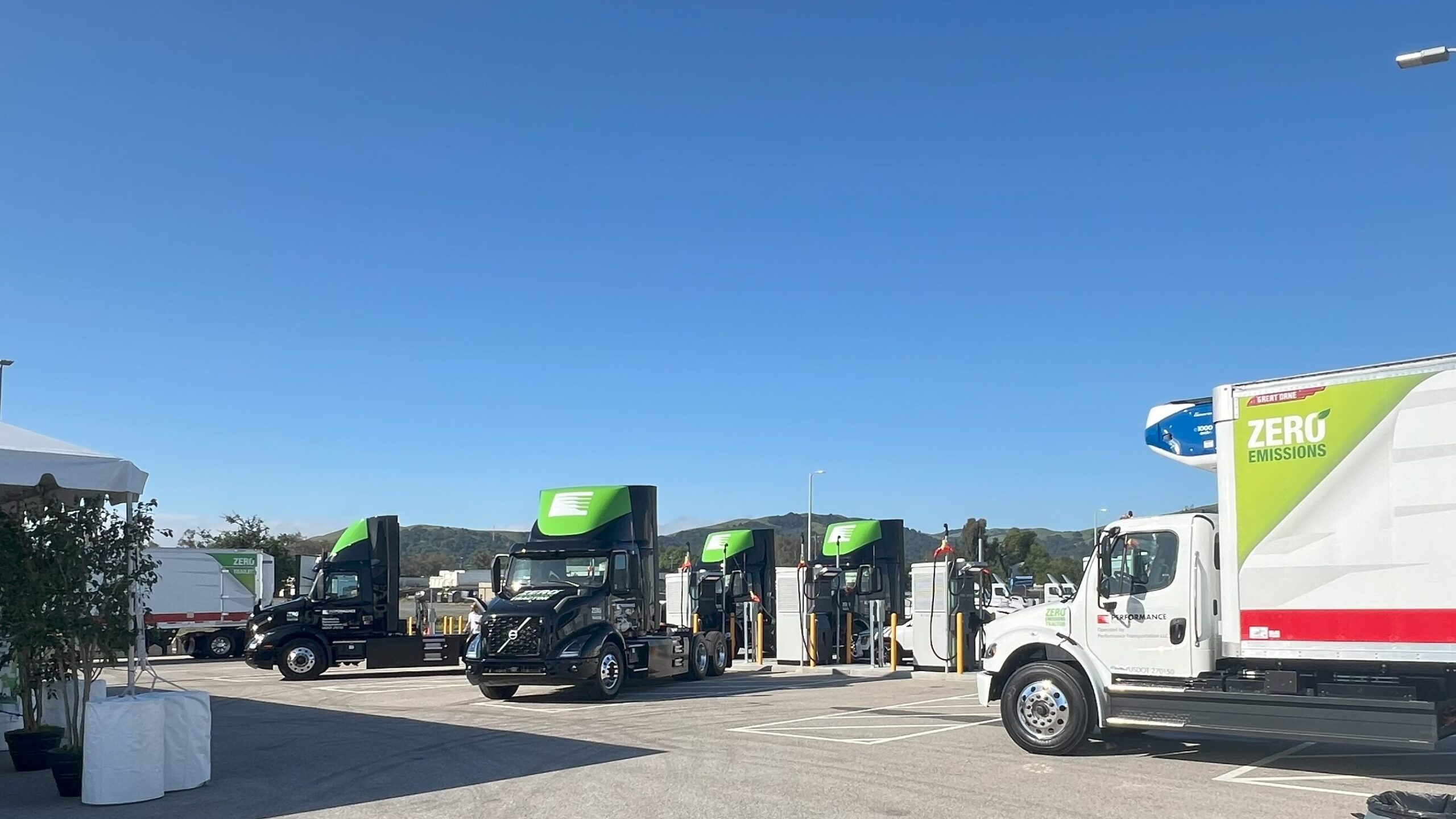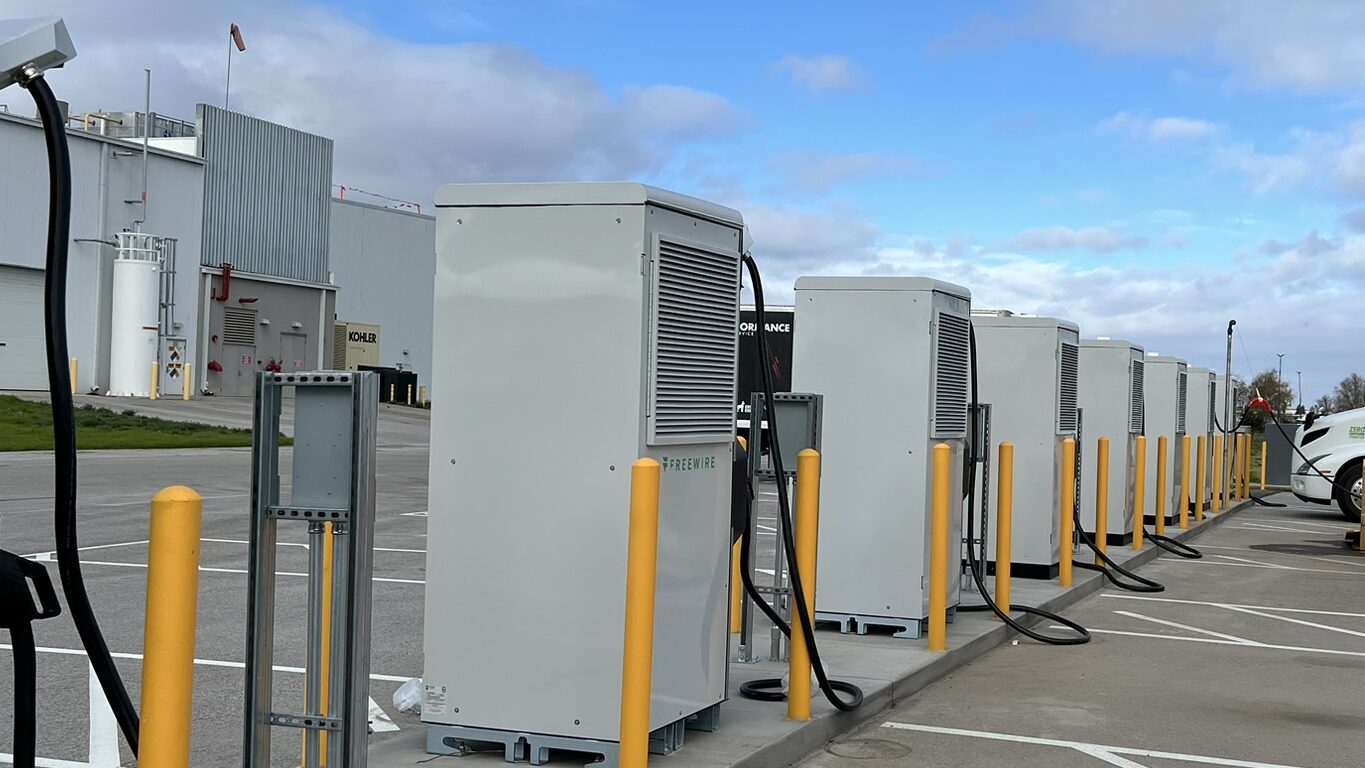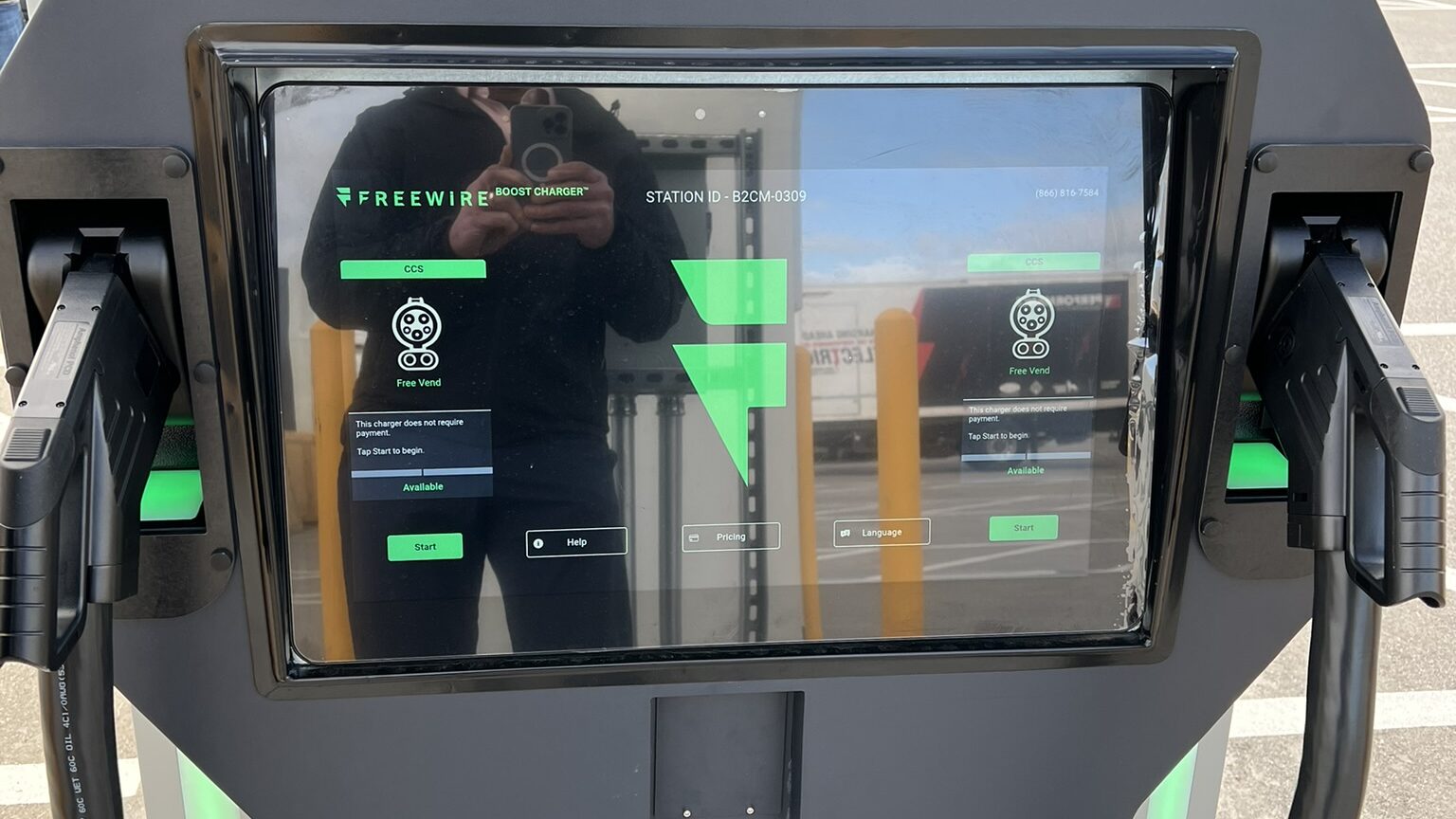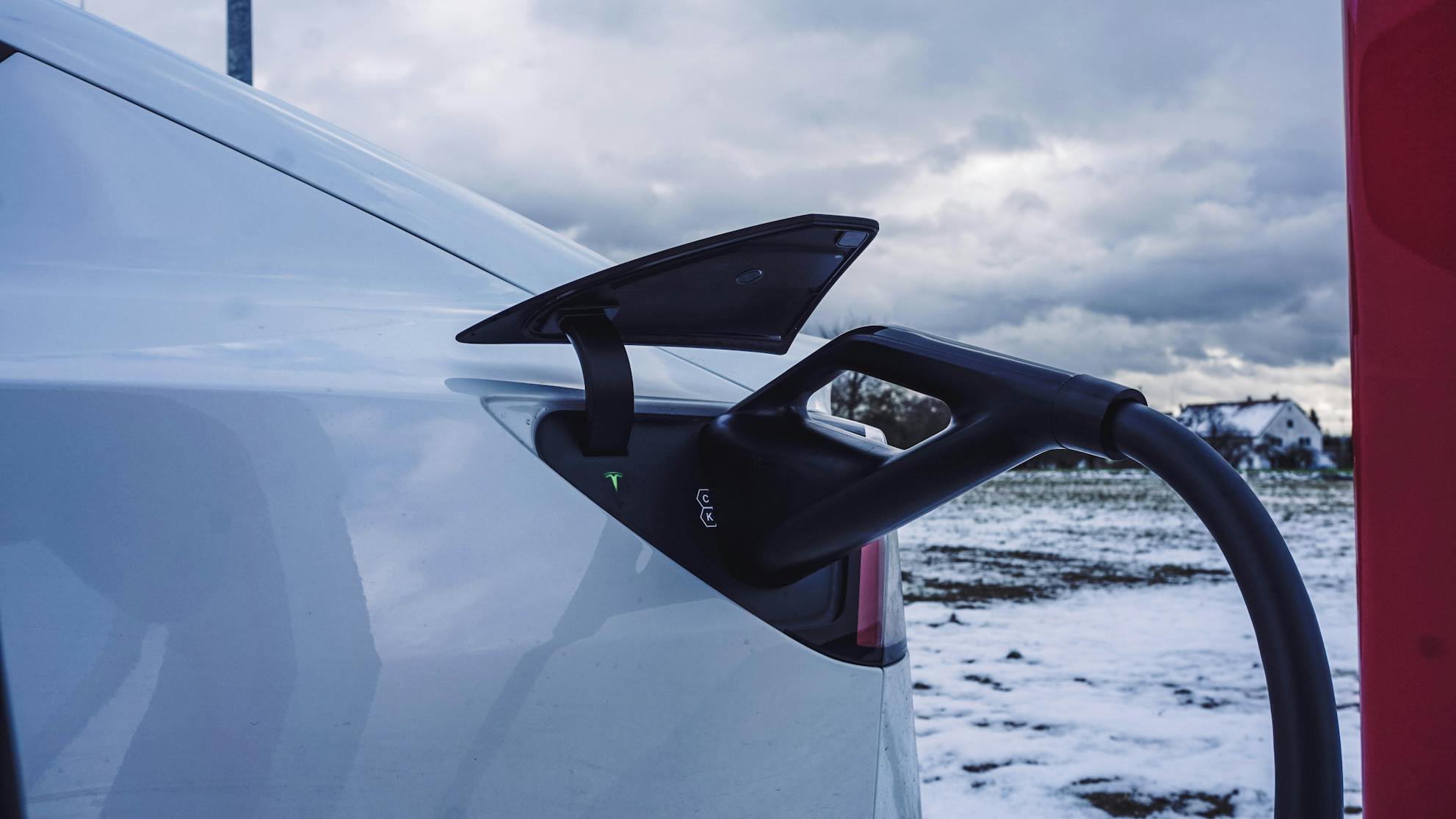
Understanding EV Charging Impact with Energy Visualization
As electric vehicles (EVs) become increasingly common, businesses are faced with the challenge of evaluating the impact of EV charging on their facility’s power usage. This is particularly crucial for large commercial and industrial facilities, where understanding and analyzing this impact is essential for effective planning and management.
The Challenge of Evaluating EV Charging Impact
Historically, many businesses have relied on worst-case analysis when estimating power needs for equipment, including EV charging. However, this approach often leads to overestimations, as it assumes constant maximum power usage, similar to how a 20-amp circuit breaker in a house is not constantly pulling 20 amps.
To accurately understand the impact of EV charging, businesses need to consider various factors, such as vehicle life cycles, charging patterns, and battery capacity. This information is vital for determining the actual power needs of EV charging infrastructure.

Addressing the Challenges with Charge Energy
Charge Analytics is a platform designed to help businesses understand, analyze, and present information about the impact of EV charging on facility usage. This tool is particularly beneficial for businesses working with cold storage facilities, class eight trucks, electric refrigerated trailers, and the school bus market.
Visualizing Energy Usage for Effective Planning
One of the key aspects of Charge Analytics is its ability to provide visualizations that help facility planners, electricians, and engineers understand the overall energy perspective of EV charging. By visualizing data related to vehicle types, charging availability, and battery capacity, businesses can design their charger infrastructure more effectively.
The Importance of Uniform Tools for EV Charging Infrastructure
While there are tools available for analyzing energy usage in other sectors, such as solar energy storage, there is a lack of uniform tools for EV charging infrastructure. Additionally, with new charger manufacturers and types entering the market regularly, businesses need flexible and adaptable tools like Charge Analytics to stay ahead.

Addressing EV Charging Challenges with Visualization
Electric vehicle (EV) charging is revolutionizing the transportation industry, but it also presents unique challenges for businesses, particularly in terms of managing facility electricity consumption, considering vehicle range and battery capacity, and understanding the variability among different vehicle types. However, with the right tools and strategies, these challenges can be addressed effectively.
1. Impact on Facility Electricity Consumption
One of the primary challenges businesses face is understanding the impact of EV charging on their facility’s electricity consumption. To address this challenge, tools like EV charging visualization platforms can provide insights into factors such as fleet charging patterns, vehicle dwell times, and battery sizing. By analyzing these factors, businesses can estimate the likely power draw of EV charging and optimize their charging infrastructure accordingly.
2. Limited Consideration of Range, Battery Capacity, and Power Infrastructure
During the planning phase, businesses often struggle to consider the range, battery capacity, and power infrastructure limitations of EVs. EV charging visualization tools can help by providing a simplified analysis that is not specific to a single charger or vehicle type. These tools allow designers and engineers to visualize power impact based on different scenarios, such as using higher power chargers with shorter dwell times or lower power chargers with longer dwell times.
3. Variability in Battery Capacity and Range Among Vehicle Types
Another challenge is the variability in battery capacity and range among different vehicle types, from passenger vehicles to commercial-scale vehicles. EV charging visualization tools can help businesses understand this variability and design their charging infrastructure to accommodate different types of vehicles. By analyzing and visualizing data related to vehicle types and battery capacities, businesses can ensure that their charging infrastructure meets the needs of their diverse fleet.
4. Importance of Considering Factors Such as Battery Capacity and Vehicle Type
When planning EV charging infrastructure, it is essential to consider factors such as battery capacity, vehicle type, and anticipated power usage. EV charging visualization tools can provide insights into these factors, allowing businesses to make informed decisions about their charging infrastructure. By overlaying this information on top of baseline facility consumption data and solar energy production data, businesses can gain a holistic view of their energy usage profile and optimize their charging infrastructure accordingly.

Step-by-Step Guide to Utilizing Charge Analytics
Electric vehicles (EVs) are becoming increasingly popular, but businesses often face challenges in understanding how EV charging impacts their energy usage. Charge Analytics is a powerful tool that can help you analyze and visualize this impact. Here’s a step-by-step guide on how to use it:
Step 1: Upload Baseline Facility Information
The first step is to upload baseline facility information, such as interval data for a site, into Charge Analytics. This data will help you visualize and understand your facility’s energy usage over a 24-hour period. By analyzing this data, you can get an idea of your facility’s energy usage before adding the impact of EV charging.
Step 2: Enter Vehicle Types and Charging Hours
Next, you’ll enter information about your vehicles, including the number of vehicles, battery capacity, typical end-of-day depletion, and charging hours. This information allows Charge Analytics to calculate the impact of EV charging on your facility’s energy usage.
Step 3: Analyze EV Charging Impact
Once you’ve entered your vehicle information, Charge Analytics will present you with an aggregate of the EV charging impact. You can see how this impact affects your facility’s overall energy load. This step gives you a holistic view of your facility’s power profile, both on average and on a monthly basis.
Step 4: Incorporate Solar Generation
If your facility has onsite solar power, you can incorporate this information into Charge Analytics. The tool uses PVWatts (the latest solar energy) data to pull in energy production data based on your address and system size. This step allows you to see how solar energy production affects your facility’s energy usage alongside EV charging.
Step 5: Combine Information for Holistic Viewpoint
In the final step, Charge Analytics combines all the information about your facility’s energy usage, EV charging impact, and solar energy production. This gives you a comprehensive view of how these factors interact and affect your facility’s energy profile. You can also perform what-if analyses by adjusting charging hours to see how it impacts your facility’s energy demand.

Real-World Applications
Managing energy usage for electric vehicle (EV) fleets is crucial for businesses. The platform Charge Analytics helps businesses understand how fleet applications impact energy use. By visualizing charge windows, available power, and the number of vehicles, businesses can plan and manage EV charging effectively. This process helps you anticipate your EV battery capacity needs and optimize energy use.
EV Charging Planning
A good example of effective EV charging planning is how Charge Analytics helps a food services distribution company in California. This company uses electric semi-trucks and electric trailer refrigeration units. Both types of vehicles need to be fully recharged overnight to be ready for the next day’s deliveries. By analyzing when vehicles return and how much energy they need, the company can plan charging times during low-cost energy periods, such as midday when solar power is abundant.
EV Charging Management
Effective EV charging management involves balancing the number of chargers with the available charging hours. For instance, if a facility has limited space, the number of chargers must be optimized. EV Charge Energy’s platform helps visualize the vehicle-to-charger count, allowing businesses to schedule charging times efficiently. This ensures that all vehicles are ready for use while minimizing energy costs and avoiding peak energy rates.
EV Battery Capacity Anticipation Planning
To optimize EV battery capacity, businesses need to understand their energy needs and costs. By using platforms like Charge Analytics and integrating them with tools like Energy Toolbase, businesses can perform tariff analysis. This helps in evaluating different usage profiles and their costs based on time-of-use rates and demand charges. For example, running multiple scenarios with different charging schedules can reveal cost-effective strategies.
Case Study: Food Services Distribution Company
A practical application of these strategies is seen with a large food services distribution company. Their deployment in California includes electric semi-trucks and trailer refrigeration units. By working with the facility build-out team and the utility company, they can understand and plan for energy impacts. This collaboration helps the utility company upgrade the distribution grid to support the facility’s increased energy needs.
Using Software for Cost Optimization
Software tools are essential for managing EV charging and reducing costs. By integrating EV Charge Energy with Energy Toolbase, businesses can push charging to off-peak periods, even if it requires higher power usage for a shorter time. This can be cost-optimal, helping businesses save money while ensuring their EVs are ready when needed.
Comprehensive Energy Management
A holistic approach to energy management considers all energy sources and storage options. By using tools like Homer and Energy Toolbase, businesses can analyze the impact of solar generation and optimize battery storage systems. This helps in reducing demand charges and balancing the size of the battery with the amount of electricity needed. Integrating onsite generation sources, such as combined heat and power systems, into this analysis provides a complete view of the facility’s energy needs.
Real-World Considerations
For businesses, understanding how recharge times affect utility tariff schedules is crucial. For instance, in California, peak power rates are from 5 PM to 9 PM during summer. Businesses must decide whether to use lower power chargers over a longer period or higher power chargers for a shorter time. Platforms like Charge Analytics provide the data needed to make these decisions, ensuring cost-effective and energy-efficient EV charging.
By leveraging energy visualization tools, businesses can optimize their EV charging strategies, manage costs, and ensure their fleet is always ready to go. This approach not only enhances operational efficiency but also contributes to sustainable energy use.

